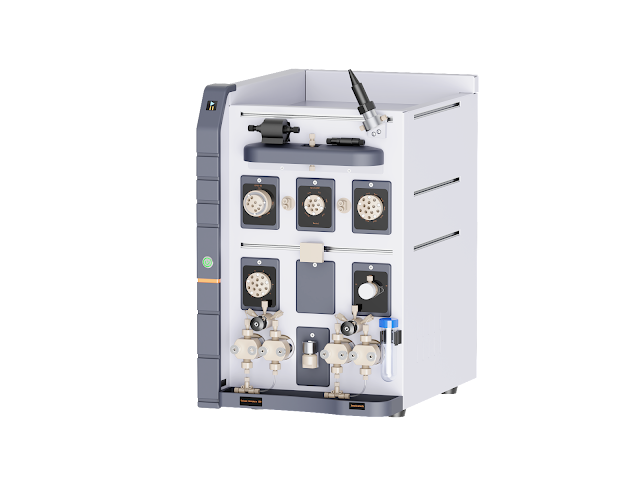Understanding FPLC Chromatography: An Essential Tool for Molecular Separation
Fast Protein Liquid Chromatography, commonly known as FPLC, is a form of chromatography that is used to separate proteins and other biomolecules under high pressure. This technique is widely utilized in biochemistry and molecular biology to purify proteins from complex mixtures for further analysis or industrial use.

The Process and its Components
The fplc chromatography is designed to operate at lower pressures than HPLC, which is essential for maintaining the integrity of protein structures. It consists of several components, including pumps, columns, detectors, and a fraction collector. The heart of the system is the column, packed with a stationary phase typically composed of beads that provide a large surface area for interaction with the protein molecules. The mobile phase, usually a buffered aqueous solution, carries the sample through the column.
The principle of separation in FPLC relies on specific properties of the protein or molecule of interest, such as size, charge, hydrophobicity, or affinity for a particular ligand. These characteristics determine the choice of chromatography technique used within FPLC, such as ion exchange, gel filtration, affinity, or hydrophobic interaction chromatography.
Advantages of FPLC
FPLC offers several advantages that make it a preferred method for protein purification:
Gentle Separation Conditions: Operating at low pressure ensures that the biological activity of proteins is preserved.
Versatility: A wide range of columns and media are available, making FPLC adaptable to many types of protein separation.
Automation: Modern FPLC systems can be fully automated, allowing for unattended operation, consistent results, and efficient processing of multiple samples.
Scalability: The technique can be scaled up from research-level to production-level quantities without a loss of resolution or purity.
Applications of FPLC
The applications of Fast Protein Liquid Chromatography are vast and crucial in the biotechnological and pharmaceutical industries. It is used in the purification of antibodies, enzymes, and recombinant proteins. Additionally, it serves a critical role in the preparation of samples for clinical research and diagnostic purposes. FPLC is also instrumental in the quality control of biopharmaceuticals, ensuring that the final products are free of contaminants and consist of a homogeneous population of the desired molecule.

Innovations and Trends
Recent advances in FPLC have focused on increasing throughput and improving the resolution and capacity of the chromatographic media. Newer systems are also emphasizing user-friendliness, with touch-screen interfaces and advanced software for method development and data analysis.
Conclusion
As the demand for highly purified proteins continues to grow, FPLC has proven to be an invaluable technique within the field of chromatography. Its ability to maintain the biological activity of molecules while efficiently separating them makes it a cornerstone technology in both research and industry. For those seeking to integrate FPLC into their workflows, selecting a provider with a proven track record in chromatographic excellence is essential.
.jpg)
.jpg)
Comments
Post a Comment